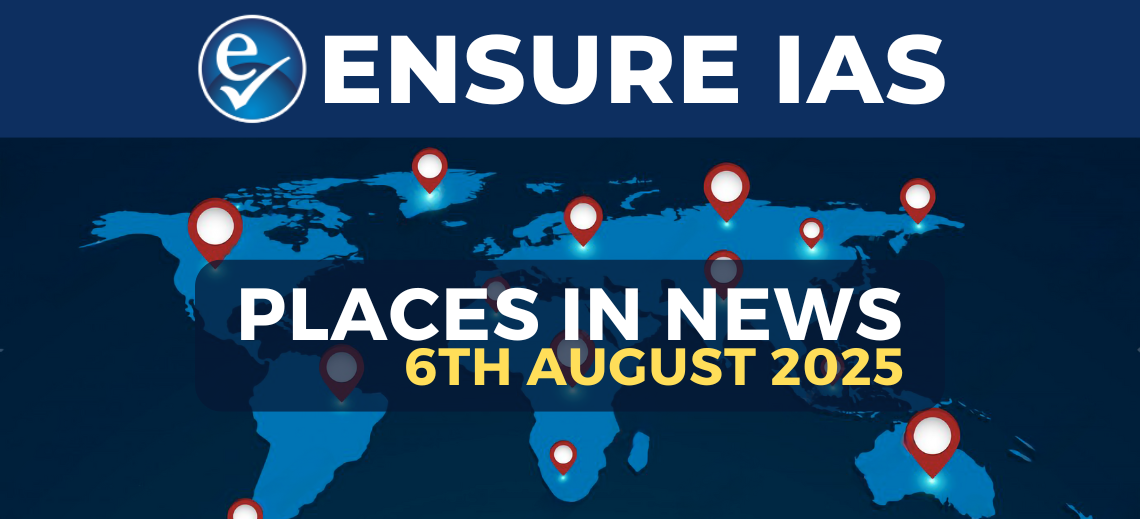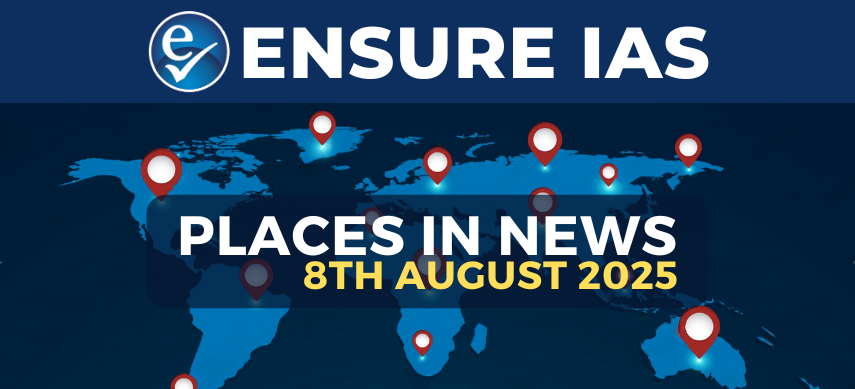A Step-by-Step Analytical Approach
Preparing for the IAS exam requires a clear, structured, and disciplined approach. The exam isn’t just a test of knowledge—it’s a test of understanding, decision-making, consistency, and strategy. Following a step-by-step strategy ensures that aspirants don’t get overwhelmed and can cover the vast syllabus with confidence. Below is an analytical breakdown of the preparation approach:
Step 1: Understand the Syllabus and Exam Pattern Thoroughly
- The IAS exam conducted by UPSC has three stages – Prelims, Mains, and Interview. Understanding each stage is the key to preparing strategically.
- The Prelims includes General Studies Paper-I and CSAT. It’s objective in nature and tests both factual and analytical ability.
- The Mains has nine papers including four GS papers, an Essay, two optional subject papers, and language papers. It checks conceptual clarity, articulation, and depth.
- The Interview or personality test assesses your awareness, confidence, ethical grounding, and communication skills.
- Start by downloading and printing the official syllabus. Read it multiple times to identify what’s important and what’s not.
- Break the syllabus into categories: static subjects (Polity, History, Geography, Economy, etc.) and dynamic areas (Current Affairs, International Relations, etc.).
- Map the previous year questions (PYQs) with the syllabus to understand which topics are frequently asked.
- Create a study plan based on the syllabus structure to ensure that you systematically cover each area without missing anything.
- This foundational understanding will save you from wasting time on irrelevant topics and will guide your booklist, note-making, and test practice.
Step 2: Choose and Gather Standard Books
- One of the biggest mistakes aspirants make is referring to too many resources. Instead, stick to standard books that are recommended by toppers and coaching institutions.
- For Polity, go for M. Laxmikanth. It is comprehensive and structured according to the syllabus.
- For History, use Spectrum for Modern History, and NCERTs for Ancient and Medieval India. For Art & Culture, refer to Nitin Singhania’s book.
- For Geography, the combination of GC Leong and NCERTs (Class 11 and 12) is sufficient.
- For Economy, choose either NCERTs, Nitin Singhania or Ramesh Singh for better clarity.
- For Science and Technology, rely on current affairs sources and basic NCERTs.
- Do not hoard books. Stick to 1 or 2 sources per subject and aim to revise them multiple times instead.
- Make sure to buy the latest editions to align with recent changes and updates.
- Create digital or handwritten notes from these books for quick revisions.
- A fixed booklist ensures consistency and prevents confusion during preparation.
Step 3: Build Conceptual Foundation with NCERTs
- NCERT textbooks from Class 6 to 12 are the best starting point for beginners.
- These books are published by the government and are highly reliable, concise, and factually correct.
- Start with History, Geography, Polity, Economy, and Science NCERTs.
- NCERTs help build a strong conceptual foundation, especially for aspirants without a humanities background.
- They simplify complex ideas and make them easier to remember.
- For History, begin with Class 6 to Class 12. They provide a chronological understanding of events.
- For Geography, Class 11 and 12 NCERTs are vital to understand physical and human geography.
- For Polity, the Class 9–12 Political Science books are excellent.
- For Economy and Science, focus on Class 9–12 textbooks.
- Read these books like a story first, then highlight key facts and concepts.
- Make summary notes in your own words to aid understanding.
- After covering NCERTs, you’ll be better prepared to dive into standard reference books.
- NCERTs also help in answering Prelims MCQs, which often pick direct lines from these texts.
Step 4: Subject-Wise First Reading (6 Months)
- Allocate the first 6 months exclusively for covering the static part of the syllabus.
- Take one or two subjects at a time and read them comprehensively.
- Do not rush through subjects; instead, aim for a deep understanding.
- Begin with Polity and History as they form the core of many GS papers.
- Create daily and weekly targets. For instance, cover 1 chapter of Laxmikanth per day.
- Make handwritten notes as you go along – these will become your main revision source later.
- After completing a book or subject, try to recall it without looking at the notes.
- Avoid solving tests or reading newspapers in this phase, as it might distract you from building the basics.
- Use videos or lectures to clarify tough concepts but don’t depend entirely on them.
- Use flowcharts and mind maps wherever possible to simplify complex topics.
- Stick to your timetable and track your progress every week.
- By the end of 6 months, your foundational knowledge will be strong enough to integrate dynamic portions like current affairs.
Step 5: Begin Current Affairs After 3–4 Months
- Once you’re confident with 50–60% of the static portion, start reading a daily newspaper like The Hindu or Indian Express.
- Focus on important editorials, government schemes, international news, economy-related updates, and SC/HC judgments.
- Avoid political gossip or state-level news unless it has national importance.
- Make daily notes of relevant issues in bullet points under GS categories.
- Use online monthly current affairs magazines for revision.
- Link current affairs with the static portion. For example, link Budget updates with Economy concepts.
- Watch weekly analysis videos to stay updated.
- Include Yojana and Kurukshetra for in-depth government perspectives on developmental issues.
- Note important statistics, quotes, and committee recommendations.
- Organize current affairs notes according to GS Paper I–IV structure.
- Consistent coverage of 10–12 months of current affairs is essential for both Prelims and Mains.
- Daily reading and monthly revision is the key to mastering current affairs.
Step 6: Solve Previous Years’ Questions (PYQs)
- Solving PYQs from the last 10 years is non-negotiable.
- It helps understand the type, pattern, and depth of questions asked.
- For Prelims, it reveals which topics are repeated frequently and how options are framed.
- For Mains, it improves answer structuring and helps predict probable topics.
- After reading each subject once, try solving its relevant PYQs.
- For example, after reading Polity, solve all past Polity questions from Prelims and Mains.
- Don’t just attempt—analyze each question. See what UPSC wants from that topic.
- PYQs will help you focus on high-yield areas and avoid unnecessary study material.
- It develops your exam temperament and ability to eliminate wrong options in MCQs.
- Make a separate notebook of repeated and tricky PYQs.
- Reviewing PYQs periodically ensures your preparation stays aligned with UPSC standards.
FAQs on How to Prepare for the IAS Exam
- What is the first step to start IAS preparation?
Start by understanding the UPSC syllabus and exam pattern. This helps in choosing the right subjects and resources. - How much time is needed to prepare for the IAS exam?
Typically, 10–12 months of consistent preparation is ideal. However, it varies based on the individual’s background and daily schedule. - Which books are best for IAS preparation?
Standard books like Laxmikanth (Polity), Spectrum (History), GC Leong (Geography), and Shankar IAS (Environment) are highly recommended. - Are NCERT books enough for IAS?
NCERTs build the foundation, especially for subjects like History, Geography, and Economy. But advanced books are also needed for Mains. - When should I start reading the newspaper for UPSC?
Start reading The Hindu or Indian Express after you are comfortable with the static subjects, usually after 3–4 months. - How important are previous years’ question papers?
Very important. They help understand the exam pattern and improve question interpretation skills. - Should I join a coaching institute?
Coaching is optional. Self-study with the right resources and guidance is equally effective if done seriously. - How to manage revision during IAS preparation?
Plan for 3–4 revisions before the exam. Use short notes, flowcharts, and mind maps to revise quickly and efficiently. - How to choose optional subject for UPSC Mains?
Pick a subject based on interest, availability of resources, and overlap with GS. - Is current affairs important for Prelims or Mains?
Both. Current affairs directly influence questions in GS papers and Essay as well as Prelims. - How should answer writing be practiced?
Start after your first reading of GS subjects. Join a Mains test series and write at least 2–3 answers daily. - Can IAS be cracked without coaching?
Yes. Many toppers clear it with self-study, relying on standard books, online resources, and test series.





